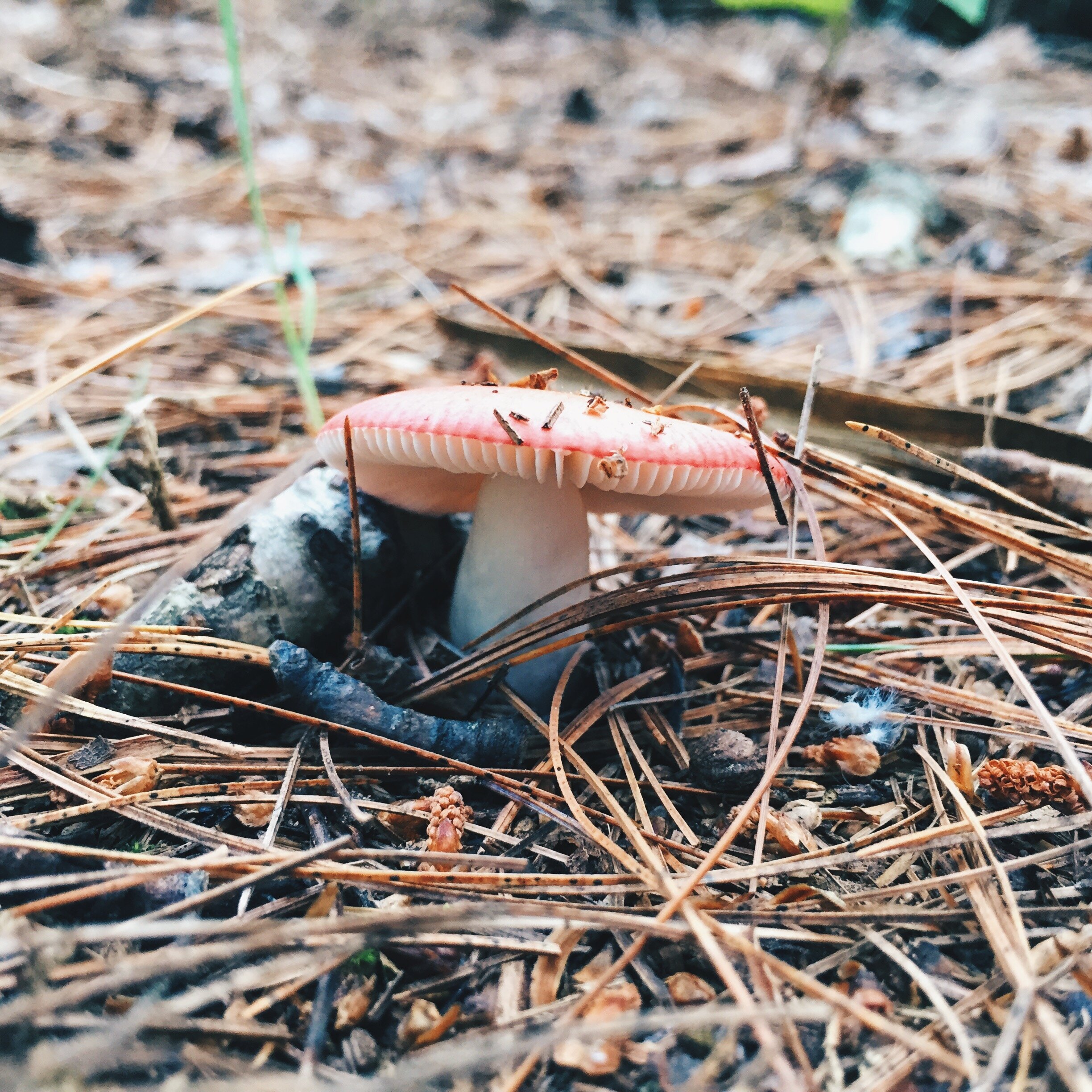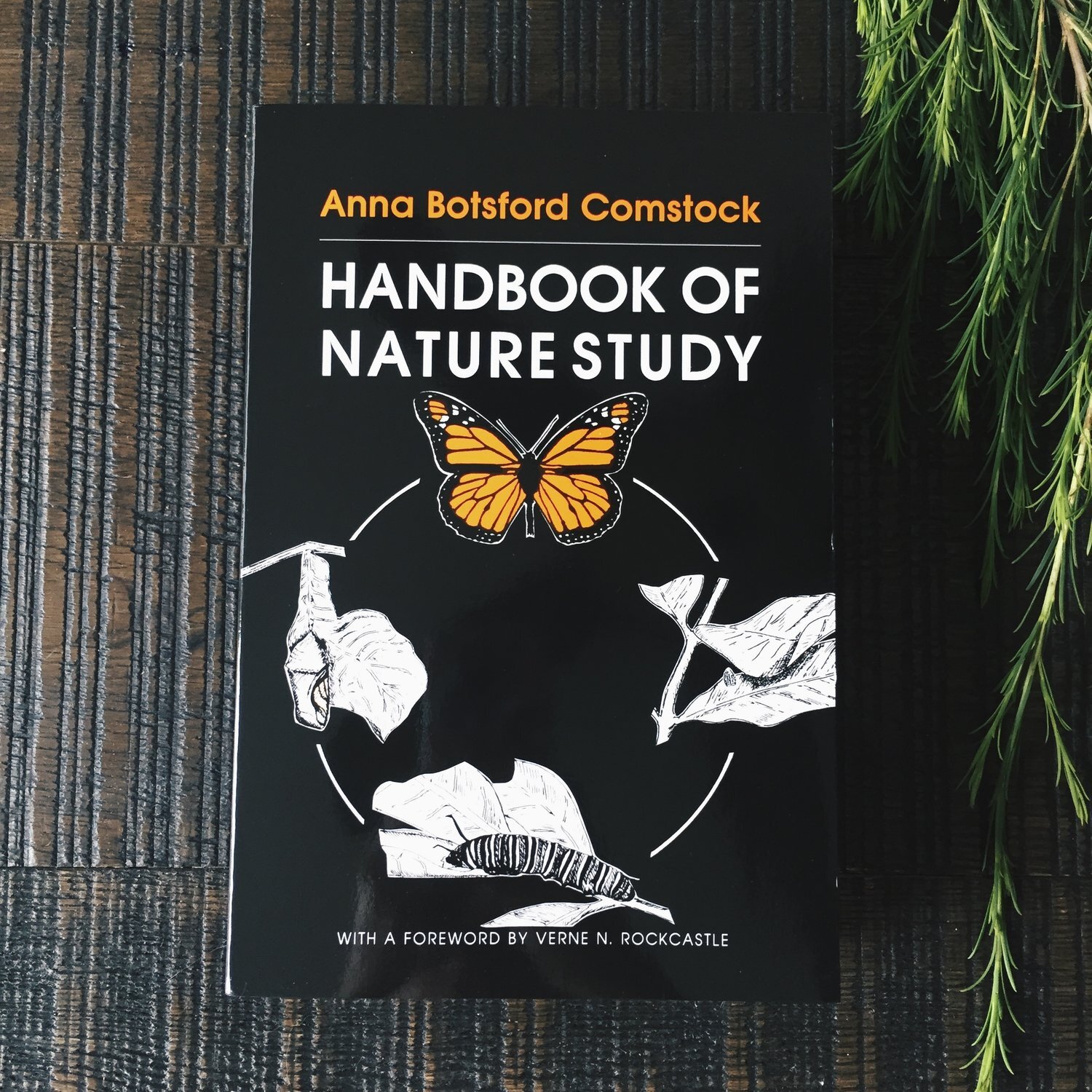The How & Why of Nature Study (for yourself!)
The Nature of Self Education
On a forest walk the other day, we came upon some ghostly looking little mushrooms. Or so I thought. Their stalks were thin and their papery petaled heads bowed down. "What ARE these things?" I wondered. We all bent close and peeked inside the petaled head to find bright orange dots - like the center of a flower. How curious!
I took a photo, and later at home we tried to research what on earth that was. It turned out not to be a mushroom but Indian Pipe, a plant that lacks chlorophyll and gets its nutrients from surrounding plants almost like a parasite. I put it into my own nature journal, a mark of the personal connection made discovering and studying this little plant. Do you think I'll ever forget it now? The whole process of natural discovery, looking close, identifying, researching, drawing, and writing - is all extremely impactful when combined! It works for children and it works for us.
Beauty in the Journey
If you haven't started this lovely practice yet, you can sigh in relief, because you don't need to know how to draw or be a watercolor wizard in order to have your own nature journal. Yes, you should try your best! But it absolutely does not need to be ready for Pinterest. The process of discovery and documenting is where the magic happens. When you document, you observe closely, and you make it your own. You've put your discovery into your journal, made that personal connection, and now you've learned. It really isn't the same as just walking through the woods snapping photos. Trust me, I should know. I do a lot of that too!
Pick up some materials and journal yourself some Nature. Your heart will thank you.
THE GETTING STARTED KIT:
The nature journaling Process:
WANDER
Find a nearby natural area. Trails, parks, beaches, streams, ponds, woods, fields, or a little patch of your own backyard. Wander around in the nature you found. Go slowly and look down, up, around, and under.
GET CLOSE
Get really close when you find something interesting. Observe it's characteristics and what is around it. Take a clear, close photo.
PENCIL SKETCH
When you get home, sketch it in pencil lightly. You don't need to add every detail but do try to include a couple of distinguishing marks that seem important.
INVESTIGATE
Now research! Find out what it is, and jot down whatever facts you find that strike you as interesting. Write those next to your sketch.
ART TIME
Make it pretty with some watercolors or colored pencils. Then go over the pencil with a fine tip black marker to define some of those details.
Bonus Materials:
The Handbook of Nature Study by Anna Botsford Comstock
Nature Anatomy by Julia Rothman
local field guides
I've learned and grown so much through this practice and I've only been doing it for a couple of months (which is only a few pages of discoveries). Imagine the cumulative effect! I feel closer to nature, am more observant, and even more appreciative and protective of the natural world.
What are you waiting for - go outside!







